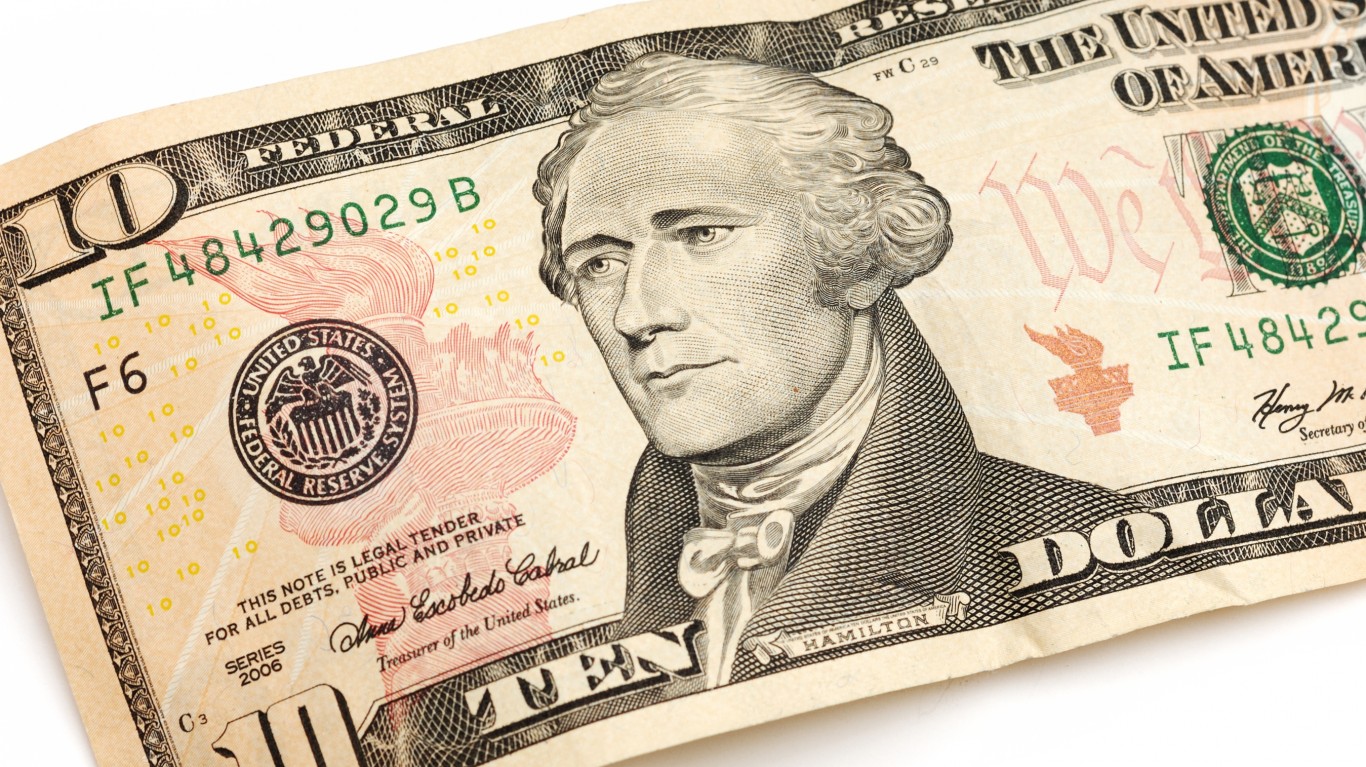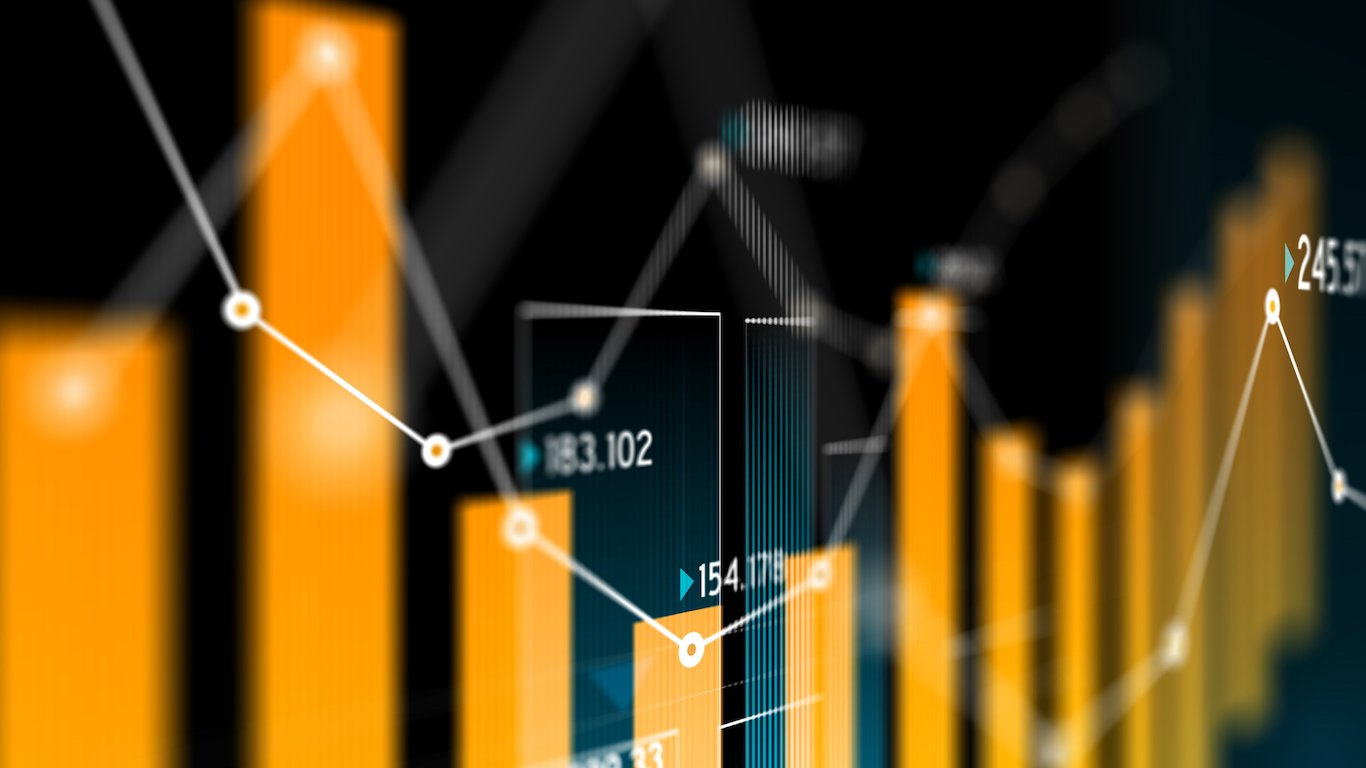

After a stunning week that ended on a very disappointing note Friday, and does not look good for the opening on Monday, many investors are hoping that perhaps we are close to a bottom. It rarely happens so fast, but then, the market rarely drops almost 35% in 30 days. Across Wall Street, even some of the best equity strategists and prognosticators are giving a host of different scenarios for the coming weeks and months. One thing is for sure: They have no idea what actually may happen, as we are in very uncharted territory.
Barry Bannister, the well-respected equity strategist from Stifel, made the positive case late last week that it is possible we could see a relief rally that carries the S&P 500 back to the 2,750 level by the end of April. That compares with a close Friday at 2,304. This was noted in the report:
The S&P 500 has fallen below its 999-day moving average and if the COVID-19 events are a short, sharp shock as we expect (more like 1980, 1987 and 1990) and not yet a systemic and prolonged process (like 2000-02 for capex, 2008-09 for financing), then as the virus fades with warmth/humidity, an easing of government-directed extreme shut-downs and other factors, the S&P 500 should soon bounce. We note Defensive sectors relative to Cyclicals (peaking), seasonal S&P 500 returns, gold vs. Brent oil (deflation measure, peaking), the bottom for the U.S. 10Y yield and consider our general antipathy toward mass hysteria from the first virus of the internet / social-media / sensationalized-news / extreme-populist era, and we forecast a relief rally.
[in-text-ad]
Bannister, like many across Wall Street, noted that late in the week all assets started to be sold, as managers desperately looked to raise cash for redemptions, margin calls, overall liquidity and a host of other reasons. Treasury bonds, gold, consumer staples and utilities all saw selling pressure, as the need to raise cash literally forced the hands of many managers.
In an interesting turn of events, leveraged closed-end bond funds, convertible funds, buy-write funds and many others rallied Thursday and Friday after posting staggering losses. The combination of the need to raise cash, in tandem with obvious short-selling turned on a dime, and many funds rallied as much as 20% over a two-day period.
Many across Wall Street have suggested that the 2,300 to 2,400 level on the S&P 500 could be a range wherein a bottom could be put. In fact, in the Stifel report, there were some long-term trends that also provided a degree of potential, if they indeed stayed the course. This was one of the items they discussed:
If the S&P 500 remains at the current ~2,400 to Apr-30, 2020, it would break down far below a +/-1.5 sigma seasonal trend for the performance of the S&P 500 in November-to-April relative to May-to-October that has existed on an uninterrupted basis for 70 years, a period of major oil shocks, market crashes, bubbles bursting, global financial crises and concomitant deep recessions, and we do not expect that break-down to occur.
Interestingly enough, should the market have a snapback rally back to the 3,000 level at any point in 2020 or thereabouts, the Stifel team actually suggested lightening positions at that level. One would suspect that every battered investor would gladly like a selling opportunity at 3,000 again.
Given the carnage, the Stifel analysts also feel that we could have a long road to travel before we get back to the levels we were trading at in February. They see that it potentially could take until March of 2025 to get to 3,150 again on the S&P 500.
That could prove to be a very long five years, which would provide long stretches of sideways trading, with the possibility for big spikes both up and down, especially if the coronavirus becomes a seasonal flu type event. They also point out that after years of underperformance, value stocks actually could start to outperform growth stocks in the 2020s. They said this in the report when discussing that possibility:
The U.S. 10 year yield premium to foreign yields, which implicitly reflects growth differentials, has evaporated, so after the current foreign debtor short squeeze (dash for dollars among foreign dollar-denominated debtors) that is lifting the dollar (USD) subsides, we see the USD falling sharply in 2021+, which typically helps Value stocks; Growth stocks have soared with a strong USD and low yields (ergo rising P/E) 2010-20, but Growth could lag Value in the 2020s amid a populist-fueled rotation (while weakening the 2020s full decade overall S&P 500 total return, primarily by P/E compression).
[in-text-ad]
The potential rotation to value would be interesting after being out of favor for so many years. Investors who purchase growth stocks receive returns from future capital appreciation (the difference between the amount paid for a stock and its current value), rather than dividends. Value stocks are those that tend to trade at a lower price relative to their fundamentals including dividends, earnings and sales.
One of the greatest value managers of our time, Bill Miller, said this past week that the current buying opportunity is one of the five best that he has seen in his long and storied career. He did toss in the caveat that we may not have found the bottom, and he isn’t the only one.
Goldman Sachs declared at the end of the week that it was cutting the firm’s 2020 earnings estimates for the S&P 500 to a stunning $110. That is an incredible 35% decline from what was posted last year. They also think it is possible for the market to take a final leg down to the 2,000 level. That would match the levels printed in 2014. They also think that the S&P 500 will finish 2020 near 3,000. In fact, after hitting 2,000 in 2014, the market essentially traded sideways for two years before breaking out higher. That is the kind of trading action we could see in the early to mid-2020s, if the Stifel scenarios play out.
There are some important items to remember. The velocity of the selling over the past month has been incredible. The damage that was inflicted on investors in a month often takes six months to a year or longer. In addition, we are dealing with a pandemic that has shut down the economy and pushed us all inside for the first time since 9/11.
On a promising note, unlike 2008, our banking system is in very solid shape, and the economy before the shutdown was rolling with unemployment at the lowest levels in 50 years. Should the coronavirus pandemic be brought under control, and the infection rates level off or start to decline, we could ramp back up to growth by the third quarter.
Investors should think about buying small positions now and keeping some dry powder just in case we do sell off to the 2,000 level. Like Miller said, this could provide one of the best buying opportunities in the past 50 years, and betting against the United States and our economy has never been a good long-term trade.
Sponsored: Want to Retire Early? Here’s a Great First Step
Want retirement to come a few years earlier than you’d planned? Or are you ready to retire now, but want an extra set of eyes on your finances?
Now you can speak with up to 3 financial experts in your area for FREE. By simply clicking here you can begin to match with financial professionals who can help you build your plan to retire early. And the best part? The first conversation with them is free.
Click here to match with up to 3 financial pros who would be excited to help you make financial decisions.
Thank you for reading! Have some feedback for us?
Contact the 24/7 Wall St. editorial team.
 24/7 Wall St.
24/7 Wall St. 24/7 Wall St.
24/7 Wall St.


